How-To
Performance Testing the ACEMAGIC AD15
In a previous article, I introduced the ACEMAGIC AD15 Mini PC and explained its specifications and my initial thoughts. To recap, this is a small form-factor device that supports up to 64GB of RAM and has both an NVMe and SATA drive slot, and this family of mini PCs is powered by an Intel Gen 11 i5 or i7 processor.
In this article, I will run some benchmarking tools on it to see what type of workload it is best suited for.
Installing Third-Party Monitoring Software
To become more familiar with the system hardware and remotely monitor it, I installed Speccy and ControlUp Edge DX. As a disclaimer, I work for ControlUp.
Speccy correctly identified the device's hardware and OS.
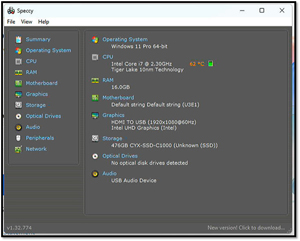 [Click on image for larger view.]
[Click on image for larger view.]
It identified the NVMe drive but did not show much information about it.
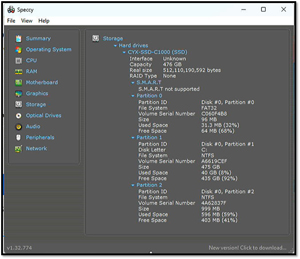 [Click on image for larger view.]
[Click on image for larger view.]
I am somewhat concerned about the SSD drive as I searched Google about this drive and couldn't find any information about it and I fear that it may not have a DRAM cache, which will hurt performance.
Benchmarking Using SPECworkstation 3.1
To get a feel for the device's overall performance, I benchmarked it using SPECworkstation 3.1.
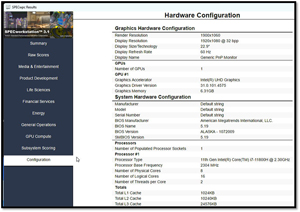 [Click on image for larger view.]
[Click on image for larger view.]
It measures performance with over 140 tests based on 30 different workloads that exercise the CPU, graphics, I/O and memory. It reported the following scores:
- Media and Entertainment (#d animation, rendering) -- 1.58
- Product Development (CAD/CAM/CAE) -- 1.48
- Life Sciences (medical, molecular) -- 1.44
- Financial Services -- 1.96
- Energy (oil and gas) -- 1.7
The General Operations and GPU Compute errored out, but I have seen this before and it is not a reflection on the device.
This test indicated that it could handle the workload and standard tasks that an office worker would need to perform.
Benchmarking Using Cinebench
Next, I used Cinebench to benchmark the device, as it is a free and widely used tool to test a system's CPU and GPU performance. It can test a single core or multiple cores. Each test only takes 10 minutes to run.
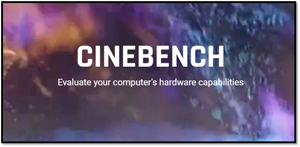 [Click on image for larger view.]
[Click on image for larger view.]
When I ran Cinebench on all eight system cores, it showed a score of 9642.
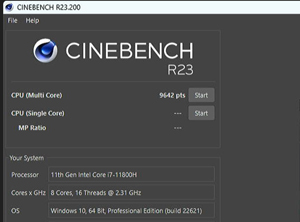 [Click on image for larger view.]
[Click on image for larger view.]
CrystalDiskMark
To test the performance of the NVMe drive, I downloaded and ran CrystalDiskMark on it.
While the sequential read-and-write numbers were good, the random numbers were disappointing.
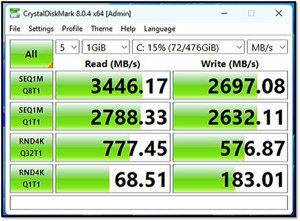 [Click on image for larger view.]
[Click on image for larger view.]
Final Thoughts on Benchmarking
The device lived up to my expectations regarding its CPU performance, and I was happy with its CPU benchmark results. I am still slightly wary about its choice of SSD drives as I have never heard of or worked with a Hikvision SSD before. Furthermore, its CrystalDiskMark numbers were OK but not remarkable.
As it sits, the ACEMAGIC AD15 would work out great for a worker who uses typical office applications and may need to do light video editing.
Intel has a recommended customer price of $435.00 for the i7 process, so the AD15, with a street price of less than $500, appears to be an excellent value.
Given its good CPU performance, I think the AD15 would be an excellent candidate to run VMware Workstation on; in my next article, I will install Workstation on the device and test its performance.
About the Author
Tom Fenton has a wealth of hands-on IT experience gained over the past 30 years in a variety of technologies, with the past 20 years focusing on virtualization and storage. He previously worked as a Technical Marketing Manager for ControlUp. He also previously worked at VMware in Staff and Senior level positions. He has also worked as a Senior Validation Engineer with The Taneja Group, where he headed the Validation Service Lab and was instrumental in starting up its vSphere Virtual Volumes practice. He's on X @vDoppler.